On the precipice: Emerald Ash Borer in Vermont
7 min read / July 8, 2019 / By Allaire Diamond
Our website uses cookies to improve your experience. To learn more about how we use cookies, please review our privacy policy.
Can't find what you're looking for? Please contact us.
7 min read / July 8, 2019 / By Allaire Diamond
“The threat of emerald ash borer has hung like a cloud over my work. Though tiny, they have the power to kill nearly every ash tree in Vermont.”
— Allaire Diamond, VLT ecologist
Elegant, feathery canopies shading steep, rich hardwood slopes; vast, rippling swamps of diamond-barked trees in the Champlain Valley lowlands; bright, lichen-covered trunks illuminating quiet woodland seeps. I always love encountering ash—white, green, or black—in my travels through Vermont’s wild places.
The threat of emerald ash borer (EAB) has hung like a cloud over my work as a graduate student, as a volunteer tree warden and conservation commissioner, and as an ecologist at VLT. Grub-like larvae chew tunnels in an ash tree’s living cambium layer beneath the bark, preventing the flow of water and nutrients up and down the trunk. After metamorphosis, the adult beetles create a neat hole, shaped like a capital D, and disperse to mate and lay eggs on their next victim. Though tiny, collectively they have the power to kill nearly every ash tree in our forests.
The power of the emerald ash borer to dramatically change our landscape was brought home to me recently, as I read Richard Powers’s novel The Overstory. He invites us to picture chestnut blight in the early 1900s,
…hovering a moment before plunging down the Appalachians in the heart of chestnut country…the full force of human ingenuity can’t stop the disaster breaking over the continent. The blight runs along ridgelines, killing off peak after peak…Loggers race through a dozen states to cut down whatever the fungus hasn’t reached. The nascent Forest Service encourages them. Use the wood, at least, before it’s ruined. And in that salvage mission, men kill any tree that might contain the secret of resistance.
Reading this, it hit me. Long after the loss of the chestnut from the blight, this image applies all too easily to EAB. Imagine that first whitish larva, burrowing through a piece of firewood in the back of a vehicle as the driver crosses the Vermont border. Or, less likely but more grimly picturesque, that first shimmering beetle crossing the Connecticut River or Lake Champlain on a summer afternoon.
Foresters in the Midwest describe how EAB-killed trees splinter and split easily, becoming hazardous to work around. They talk about entire upland stands of dead, gray trunks, or former ash swamps where non-native invasive shrubs take hold amid a rising water table. EAB will change how nutrients cycle through our woods and wetlands, will threaten a whole suite of ash-dependent insect species with extinction, and could eliminate the material with which Wabanaki artisans practice black-ash basketry.
Powers’s description of past failures also presents us with challenges, many of which we at VLT are taking on proactively. While the emerald ash borer brings its own unique uncertainties, we want to learn from forest invaders of the past and from emerging research on EAB, and set up our forests for a hopeful future.
Going forward, landowners can make decisions that will support ash. Foresters can help landowners make sure their woods are suitable for ash regrowth. For instance, white ash tree seedlings need sunlight to grow into saplings.
After analyzing the ash population at a VLT-owned woodland in Greensboro, VLT forester Dan Kilborn has updated his management plan to balance economic and ecological goals.
He recommends that in areas where ash is harvested, the canopy should be left with gaps the right size to support young ash trees.
Dan also stresses the importance of keeping both male and female trees, for seed production. The individual trees will probably succumb to the insect, but at least we won’t have eliminated the opportunity for ash in the forests of the future.
Research from the US Forest Service suggests that a tiny proportion of ash trees have genetic mutations that offer some resistance to EAB. The insect might still kill them—but they can pass on that resistance to their offspring and shape the remaining ash gene pool. Hope lies in selective breeding programs that can promote this genetic resistance. Such efforts are well established with chestnut.
We are leading an effort in Vermont to establish ash monitoring plots that will be used to search for these resistant trees. We are using protocols developed by the Forest Service and have established plots on three properties. We’re working with landowners and volunteers to set up more plots and monitor them annually.
Dan says, “even if we do the best work possible, it’s likely that more than 99 percent of the ash we retain will die due to EAB. We should measure success as finding the right balance between economic and ecological considerations that meet a landowner’s goals. The opportunity for the expression of resistance, not survivorship, should be the measure of success.” Our woods will persevere and strike a new balance, even if this takes much longer than we’d like.
Dan says, “even if we do the best work possible, it’s likely that more than 99 percent of the ash we retain will die due to EAB. We should measure success as finding the right balance between economic and ecological considerations that meet a landowner’s goals. The opportunity for the expression of resistance, not survivorship, should be the measure of success.” Our woods will persevere and strike a new balance, even if this takes much longer than we’d like.
As my children grow up, their relationships with Vermont’s forests will be inseparable from the demise of ash. Exploring the woods today, we still enjoy ash’s diamond-patterned bark and flag-like leaves. But the forests of their adulthoods will be different. The realization that we have a limited time to show ash trees all our love, while they are still with us, prompted us to collect member stories about ash trees.
Stories have the power to shift our perspective on the world, to help us notice things around us and lodge them in our memories. We’re currently in the midst of a story dominated by EAB, where the future looks bleak. But we all are still actors, and for now, the trees are still the stars.
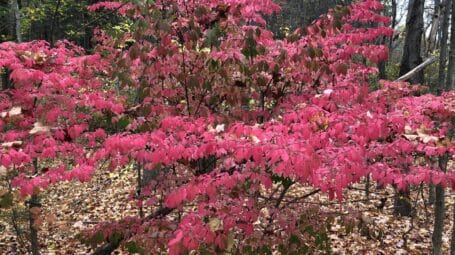
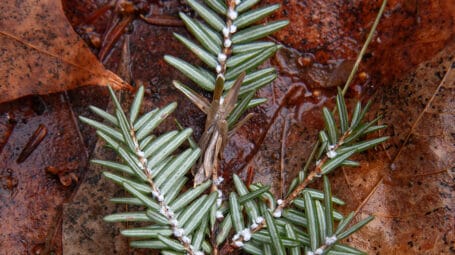
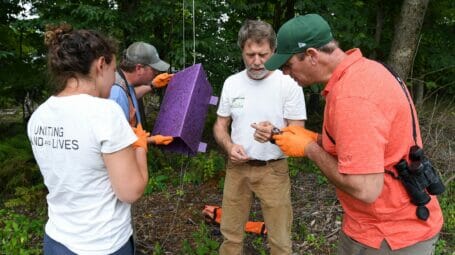

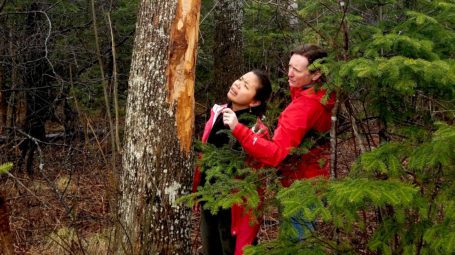
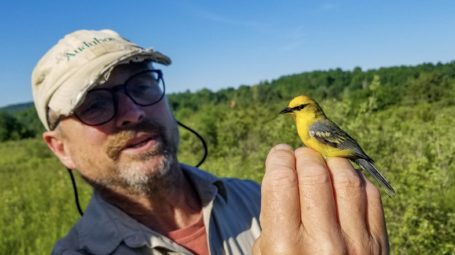

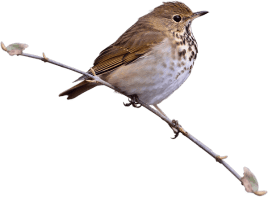
We generally send two emails per month. You can unsubscribe at any time.